
All categories
Featured selections
Trade Assurance
Buyer Central
Help Center
Get the app
Become a supplier

(45 products available)
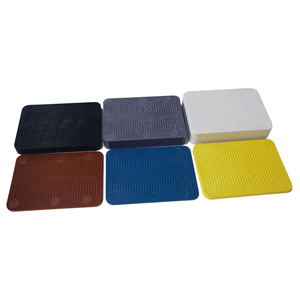
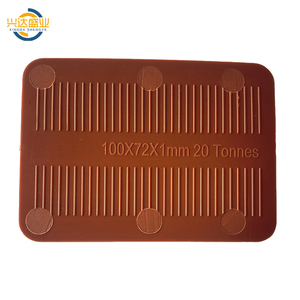
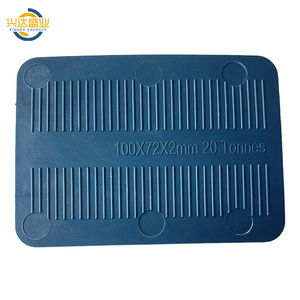
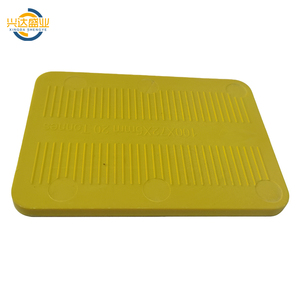










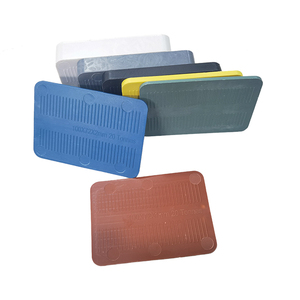

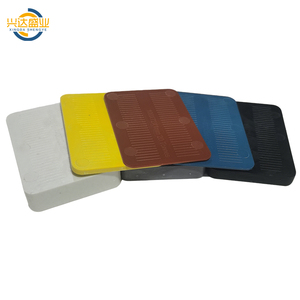














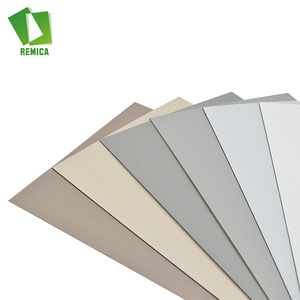
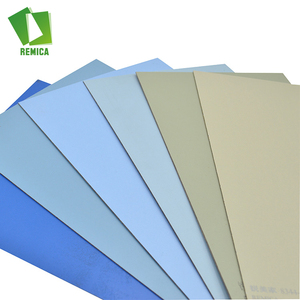
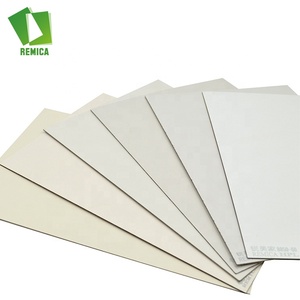









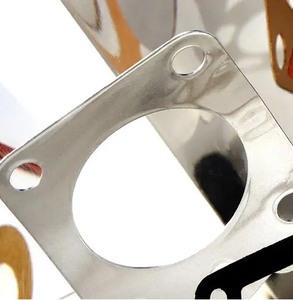


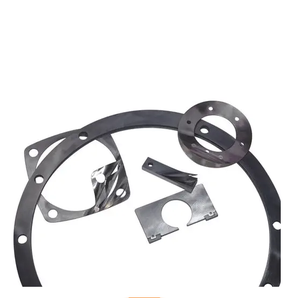
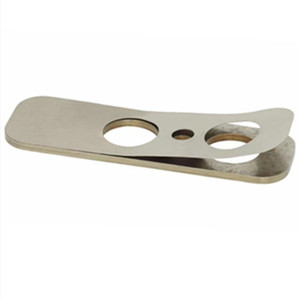

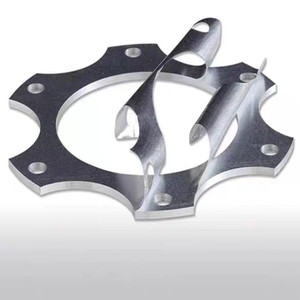


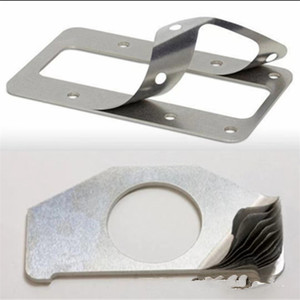
Laminated shim co comes in various types and, as such, suited for different applications in construction works, manufacturing, and as machinery parts fillers.
Engineered wood shims
They are usually made from compressed wood fiber for laminated shim co replacement in projects aimed at replacing or shimming uneven doors and windows. This type of laminated shims co has better strength and durability compared to the conventional wooden shim since they are not affected by warping or splitting, unlike the natural wood. Laminated shims are also used to make sure that installation on windows and doors is straight and level and that there is an improvement on the operational life of these components.
Plastic shims
Plastic shims are designed for use in the outdoor where the weather will eventually come to affect the type of material used for the shims. Such plastic shims are frequently utilized in plumbing, siding, and roofing works. Due to their resistance to moisture, they make a very good choice for outdoor projects and those areas that are prone to high humidity. In addition, they are light and are easy to handle and transport, thus making them suitable for do-it-yourself users.
Metal shims
Shims are mostly used for applications that require a longer lifespan and are more robust. These can be used in industries such as manufacturing machinery and precision equipment. Metal shims are manufactured to very fine tolerances in terms of thickness and dimensions, thus ensuring that there is a proper fit without any play. This is extremely important in high-stress applications such as aerospace and automotive industries, where very minute changes or alterations can have drastic consequences.
Laminated rubber shims
Laminated rubber shims are utilized in vibration dampening and noise reduction applications. They are mostly found in machinery installation and automotive applications, which in turn helps protect very delicate components. Due to this flexibility of the material, it is possible to absorb shocks and vibrations, thereby prolonging the equipment's life.
Coated laminated shims
Coated laminated shims have an additional protective layer that makes them appropriate for use in settings where the shims suffer from very high wear or tear. One of the functions of the coating is to ensure that there is minimum friction between the shim and the surfaces in contact with each other, as well as to increase the resistance of the shim to any moisture or chemical exposure. They are commonly found in industries such as mining and construction where machinery components require constant shimming.
Variations in the materials and configurations used in laminated shims determine the degree of their durability. Such factors as material type, thickness, number of plies, exposure to elements, and the function they perform determine their longevity. The following list serves as a guide to how durable each type of laminated shim is likely to be.
Engineered wood shims
Engineered wood shims are much more durable than normal wood shims since they do not warp or crack after having been compressed. They are durable and can withstand long-term installation of windows and doors in indoor situations where temperature and humidity are regulated.
Plastic shims
Plastic shims are manufactured from high-density polyethylene or polypropylene to ensure durability in the outdoor or high-humidity environment. They do not corrode, nor do they absorb water, which gives them a perfect fit for outdoor projects or areas frequently subjected to moisture. They maintain their structural integrity over a sustained period, even with exposure to UV light.
Metal shims
Metal shims: The most durable type among shims in general is foam rubber shims. They are able to survive both high and low temperatures, are highly resistant to deformation, and can be used for a long time in critical applications. Stainless steel aluminum and brass metal shims are resistant to corrosion, and they do not wear out easily, especially in heavy-load or high-stress industries such as automotive, aerospace, or manufacturing.
Laminated rubber shims
Laminated rubber shims have been designed to be durable enough to withstand vibrational absorption and serve as dampeners for noise for a long time. They work best when installed on machinery that produces shaking and sound. They may have to be replaced from time to time, especially on a high-frequency basis, because the material eventually degrades because it is flexible. However, for moderate use, they can last quite a while.
Coated laminated shims
Coated laminated shims add one more level of protective durability against wear, corrosion, and chemical exposure, thus making them ideal for use in hostile environments. The coating serves to prolong the life of the shim by reducing friction and preventing deterioration of the underlying material. These may be employed in extreme conditions, particularly in industries such as mining, chemical processing, and heavy construction, where they are required to endure some of the toughest conditions.
There is a wide assortment of shim packs available, but many businesses want something to better suit their particular purposes. This part will give examples of some of the most popular ways to customize laminated shims so that they fit best.
Size and thickness adjustment
Instantly, buyers can choose the size and thickness of the laminated shim spacers to suit their customers' needs. Whether they need small shims for machine alignment or large ones for construction projects, shims can be made according to individual specifications. This is affixed to the fact that thickness may be altered in very fine increments, thus guaranteeing very tight tolerances for every application.
Material selection
Also, material for customized shims can be selected when making the shims. The most suitable materials range from the least dangerous, such as bending and stretching fabrics, to the most demanding environments. Each material has its own set of characteristics, including durability, flexibility, and wear resistance. The right one ensures a fit for use performance.
Surface finish
Surfaces of shims are finished that can help control friction, promote adhesion, or resist corrosion. For example, metal shims, which have been polished to the smoothest possible finish for precision machinery, can reduce the worst possible friction. In hostile environments, for example, chemical processing plants, or those exposed to seawater, shims may be coated with corrosion-resistant materials.
Multi-layer configurations
Sometimes, multi-layer shim packs are needed to suit some particular applications. These are made up of several material layers, each of which serves to absorb vibration, distribute stress, or accommodate thermal expansion. The number of layers and their individual thicknesses can be tailored to achieve the required performance benefits.
Specialized shapes
Shims are normally produced in the same way with a standard shape; however, certain applications may call for unique shapes. For example, for use in the construction sector, custom shims can also be made with cut-out holes for easier adjusting of a component or for machine utilization. This will help to simplify the installation process and also improve the distribution of the load.
Printing and branding
Moreover, printed shims can be customized with company names, installation instructions, or any other relevant information. This is particularly useful for manufacturers, distributors, or contractors who may wish to advertise their businesses or to provide their clients with some information on the use of the product. Moreover, branding usually moves and differentiates a company from its competitors.
Although there are many different kinds of shim kits available, selection is not merely based on what is readily available. A contextual approach to choosing a lag bolted shim requires consideration of the specific declared application, environment, and performance need. The following is a guide on how to choose laminated shims for various applications.
Assess functional requirements
To select the right laminated shims, one must first identify what functional benefits the shims must have. Shims perform different functions, including aligning machinery, leveling structures, absorbing sound, and vibrating. Understanding the use will help in determining the types of materials and thicknesses needed for the job.
Consider the operating environment
The environment to which the shims are exposed will greatly affect the material selection. For indoor applications, especially those with regulated temperatures and humidity, wooden or engineered wood shims are okay. Plastic shims are needed for humid or outdoor conditions to suit plastic shims. For highly corrosive environments like chemical plants, metal shims made of brass or stainless steel are ideal. These are also suitable for outdoor exposure, such as painted metal shims.
Evaluate load-bearing capacity
Another thing to think about is the shims' required load capacity. Shims must be of the right material and thickness to bear the weight in any given application. In construction, for example, laminated rubber shims are best for absorbing sound and cushioning light to medium loads. Whereas in industrial machining settings, for example, shim racks are made of steel for heavy loads where precision alignment is critical.
Determine compatibility with other components
Moreover, it is necessary to check that the shim material does not react negatively with other components around it. For example, a Sundstrand laminated shim exposes grease or other lubricants that might degrade its surface. Furthermore, two dissimilar metals in contact with each other can cause galvanic corrosion. This necessitates the use of shims with proper materials that will not have any negative effect to likely come in contact with each other.
Consult industry standards
Finally, consulting the industry standards for several applications may help guide the choice of shims. Standards lay out certain specifications as far as the types of materials, thicknesses, and installation procedures are concerned, especially for industries where a high degree of uniformity and safety are required, such as aerospace and construction. Following such standards will ensure that the laminated shims meet the minimum performance criteria and provide a point of reference for the validation and testing of the product.
A1: In construction, laminated shims level uneven surfaces, align misaligned components, and support structures to ensure proper installation and load distribution.
A2: While both have their uses, laminated wood shims are stronger and more resistant to warping than regular wood shims, making them more reliable for precise adjustments.
A3: Plastic shims are ideal for outdoor use due to their resistance to moisture, weather elements, and UV exposure, which prevents them from degrading unlike wood shims.
A4: Metal and plastic shims are more permanent and do not need to be replaced as often as rubber shims, which wear out with time and need replacement often.
A5: Shims come in both standard sizes and thicknesses and can be customized to suit particular needs and clients' specifications.